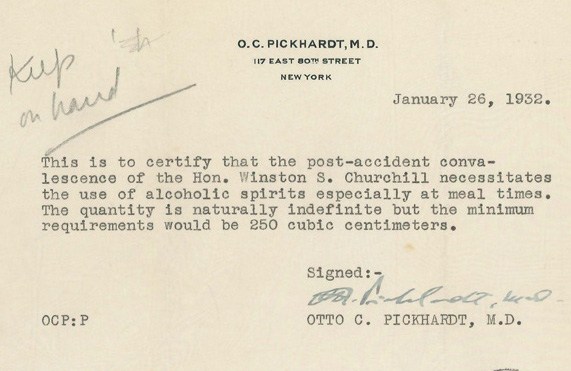?si=ZY3lYv-cyq-9hJWa
Netflix once delivered movies not by streaming them over the internet, but by literally delivering them: on DVDs, that is, shipped through the postal service. This tends to come as a surprise to the service’s many users under the age of about 35, or in countries other than the United States. What’s more, Netflix ended its DVD service only this past September, after 25 years, occasioning quite a few tributes from the generation of cinephiles for whom it played a major part in their film education. In this moment of reflection, many of us have looked around and noticed that something else seems to have gone away: cinema itself, if not as a medium, then at least as a major force in the culture. Who, or what, did away with it?
That’s the question movie Youtuber Patrick Willems investigates in his recent video “Who Is Killing Cinema? — A Murder Mystery.” Today, he says, “every major hit movie is a $200 million franchise installment aimed at thirteen-year-old boys, but a couple decades ago, right alongside those blockbusters were dramas and comedies aimed at different audiences, including adults, starring major movie stars.” Even if a drama like Rain Man — not just the winner of Oscars for Best Picture, Best Director, Best Actor, and Best Original Screenplay, but also the highest-grossing film of the year — got the green light today, “it would be made for a fraction of the budget it had in the eighties, and would probably go straight to a streaming platform with a one-week limited theatrical run to qualify for awards”.
If you would like to sign up for Open Culture’s free email newsletter, please find it here. Or follow our posts on Threads, Facebook, BlueSky or Mastodon.
If you would like to support the mission of Open Culture, consider making a donation to our site. It’s hard to rely 100% on ads, and your contributions will help us continue providing the best free cultural and educational materials to learners everywhere. You can contribute through PayPal, Patreon, and Venmo (@openculture). Thanks!
From behind this sorry state of affairs Willems turns up a variety of suspects. These include Marvel, a synecdoche for the system of internationally marketed franchises based on known intellectual property that “put pleasing the fans as their top priority”; “the death of the movie star,” the presence of whom once got audiences into the theaters to see movies for adults; Warner Bros. Discovery CEO David Zaslav and other high-powered executives with no apparent interest in cinema per se; and attention-fracturing entertainment apps like Tiktok. Willems’ lineup even includes Netflix itself, which — despite its funding the work of auteurs up to and including Orson Welles — he calls “largely responsible for bringing the idea of ‘content’ to traditional media, of taking movies and TV and flattening them all into an endless sea of gray sludge they just dump more and more into every day.”
“Have you ever tried to take a moment and reflect on something you’ve just watched on Netflix, only to have the end credits instantly minimized in favor of some obnoxious ad for what to watch next?” Willems asks in the earlier video just above. “That’s content, baby.” The relevant shift in mindset occurred as services like Willems’ own platform, Youtube, “started prioritizing the steady stream of content over individual videos,” and “when Netflix started producing their own shows” in a manner geared toward binge-watchers. Once, “individual movies or TV shows mattered”; now, “the content mindset just drags traditional media down into a giant ugly pit, and it all becomes this homogeneous goop just waiting to be halfheartedly consumed and discarded.” (Witness the now-shabby reputation of “Netflix movies,” no matter how big-budgeted.)
Both of these videos include quotes from no less a cinematic icon than Martin Scorsese, a high-profile critic of the debasement of cinema into “content.” Though he’s been able to do serious work in the streaming era, Scorsese was forged well before, having emerged in the late sixties when, as Willems reminds us, “audiences had grown tired of overblown big-budget studio movies like Doctor Doolittle” and “a new breed of smaller movies made by younger, innovative, independent artists arrived, led by Bonnie and Clyde, The Graduate, and Easy Rider,” with the likes of The Godfather, The Deer Hunter, and Scorsese’s own Taxi Driver to come. “Audiences went nuts for them, and they ushered in this new golden age of American filmmaking.” That was the director-led “new Hollywood”; dare we twenty-first-century cinephiles, now that franchise blockbusters are showing signs of commercial frailty, hope for a new new Hollywood?
Related content:
Peter Greenaway Looks at the Day Cinema Died — and What Comes Next
When Andy Warhol Made a Batman Superhero Movie (1964)
Based in Seoul, Colin Marshall writes and broadcasts on cities, language, and culture. His projects include the Substack newsletter Books on Cities, the book The Stateless City: a Walk through 21st-Century Los Angeles and the video series The City in Cinema. Follow him on Twitter at @colinmarshall or on Facebook.










